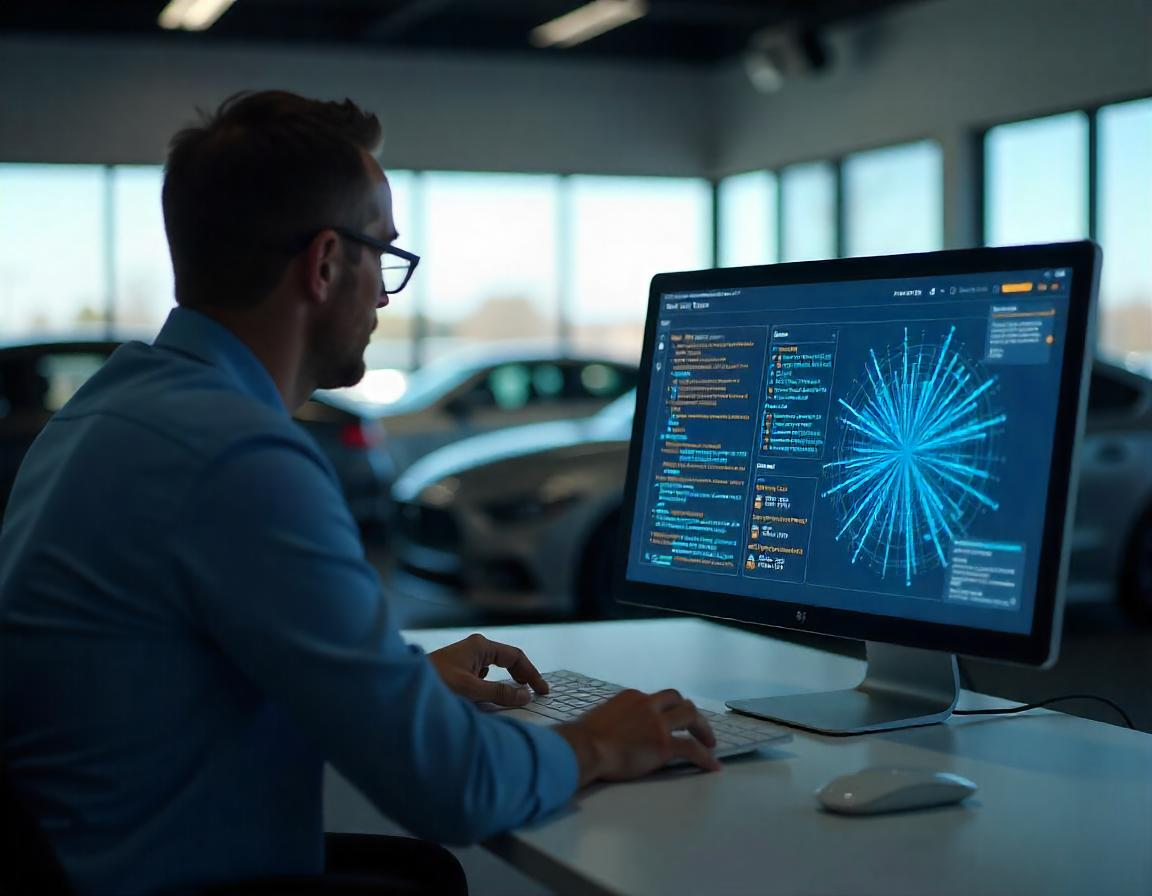Why Automotive Fixed Operations is Key to the Success of a Dealership

Table of Contents
Table of Contents
What is Fixed Ops in the Automotive Industry?
According to NADA’s 2020 dealership financial profile, almost half of the average franchise dealership’s gross profit is from its fixed ops department. By contrast, new-vehicle sales, which consumers commonly, but erroneously, believe to be the most important profit center of a franchise dealership, account for only just over a quarter of a franchise dealership’s gross, with used-vehicle sales accounting for the remaining quarter of a dealer’s gross. In other words, the average franchise dealer’s gross profit is split 50-50 between fixed ops, which involves the sale of parts and services, and variable ops, which involves the sale of new and used vehicles.
Why is this so? The answer lies in the names of these departments.
The selling of new and used vehicles, otherwise known as variable ops, as the name suggests, is variable and thus unpredictable. It’s hard for dealers to predict the number of car sales that they’ll make each month. This is especially true because the average American consumer only owns just over 9 cars in their lifetime, down from 13 a few decades ago. Throughout an American’s adult life, he or she will only change his or her car once every 5-7 years which means that they must service and replace parts in these cars more often in order to keep them running longer.
Car owners do not generally know exactly how often they will replace their existing car. After all, there are many variables at play when deciding to buy a car, such as economic conditions, vehicle availability (i.e, the low inventory crisis) and the condition of the buyer’s current vehicle. Consequently, a dealership’s variable ops will vary month-to-month, making it hard to forecast. By contrast, car owners know that they need to service their car and replace parts at least once a year. It’s something that is fixed and recurring, which makes it easier for dealerships to forecast. This is what makes the selling of parts and services a fixed operation (hence, fixed ops). Coupled with the fact that the gross margins in fixed ops are much higher than the gross margins in variable os, this is why the former accounts for the lion’s share of a dealer’s operating profits. It goes without saying that a profitable fixed ops department means a healthy dealership.
Investing in a Well-Run Fixed Ops Department = More Profit
With continued inventory issues affecting nearly all franchise dealers across the United States, now more than ever, it is critical that dealers ensure that they are managing their fixed ops department optimally. An efficient and well-run fixed ops department means that your dealership is less dependent on vehicle sales and can therefore weather any economic downturn or inventory shortage.
Here’s how an efficient and well-run fixed ops department operates:
Let’s assume you’re running a very efficient fixed ops department. 100% of customers that buy cars from your dealership decide to also buy car parts from you and service their cars with you. Imagine that your dealership sells 100 units in January and all of your January buyers return in April for their first scheduled service appointment. This would mean that your dealership would see an increase in 100 service orders on top of its existing customer service base. Now, let’s assume that the same happens in the following months. Consequently, your dealership would be growing its fixed ops department by 100 parts & service orders each month. In turn, this generates more gross profit for your dealership, which increases your service absorption. Eventually, your dealership will reach 100% service absorption, allowing you to withstand any inventory crisis or economic recession. Your dealership can now survive and thrive regardless of inventory levels.
The below example shows how a brand new dealership can quickly build up its customer base with an efficient and well-managed Fixed-Ops department.
As the above table demonstrates, while vehicle sales remain stagnant and even decrease in some months, service and parts orders are constantly increasing as the dealership increases its customer base. Ultimately, assuming the dealership maintains its fixed ops efficiently, it will reach 100% service absorption and no inventory crisis will affect its profitability.

Fullpath’s award-winning digital advertising solution helps dealerships efficiently manage their fixed ops departments by optimally targeting and retargeting customers with service & parts ads. Fullpath’s hyper-targeted customized Service Ads populated across Google, Display, Facebook and Instagram, raise awareness and drive traffic to the dealership’s service department. It runs ads promoting the services offered and targets customers who are searching for repairs or otherwise identified as interested in service. Likewise, our parts ads, using website and CRM retargeting, target potential or previous customers looking to purchase vehicle parts for replacement or repair.
Looking for ways to invest in your fixed ops strategy? Reach out to us at get.started@fullpath.com and we’ll set you up with an expert from our team.
Fill out this form to schedule a personalized demo today!
Feel free to tell us more about you so we can personalize your demo.
Sign up for our newsletter!
We value privacy and would never spam you. We will only send you important updates about Fullpath.



